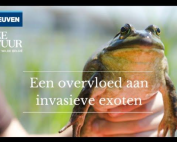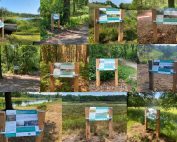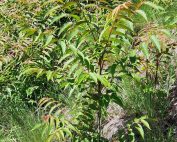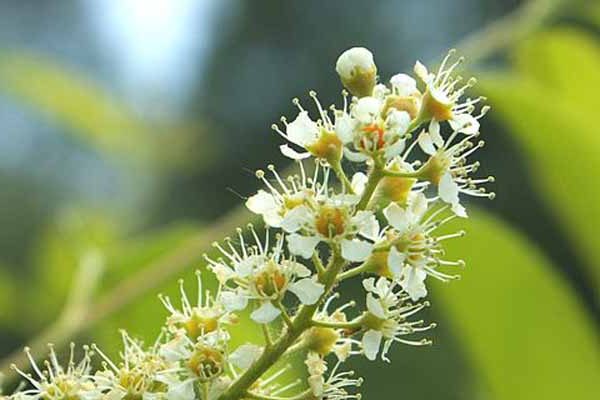
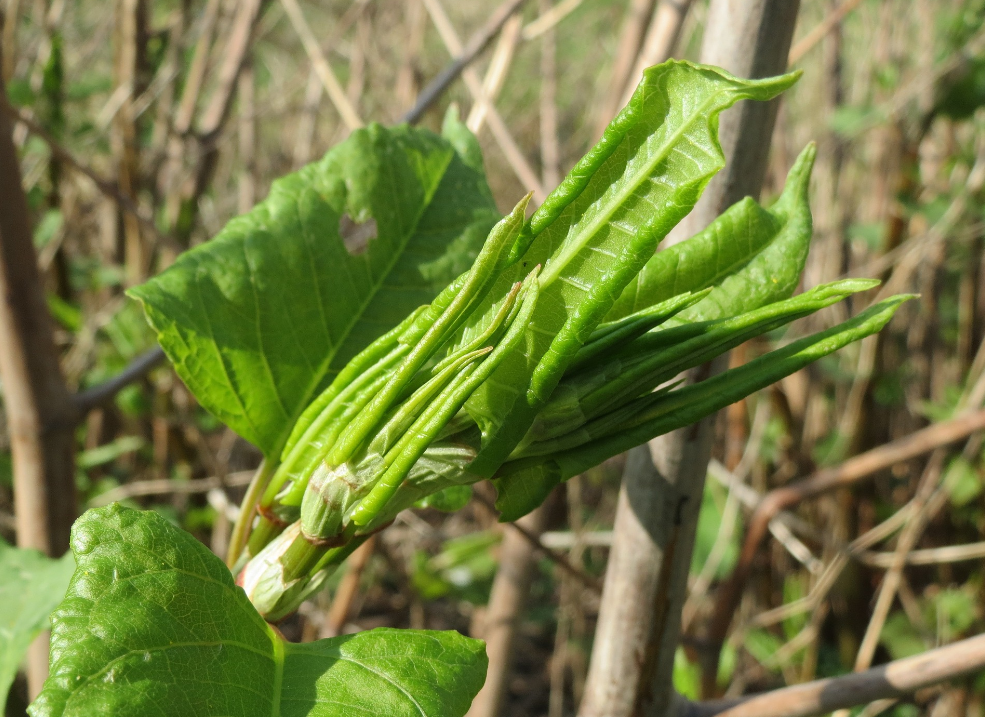
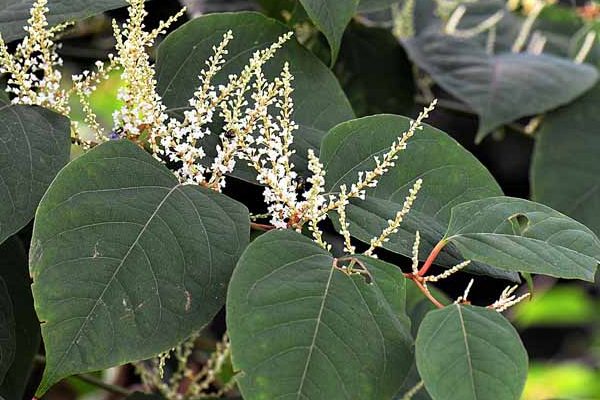
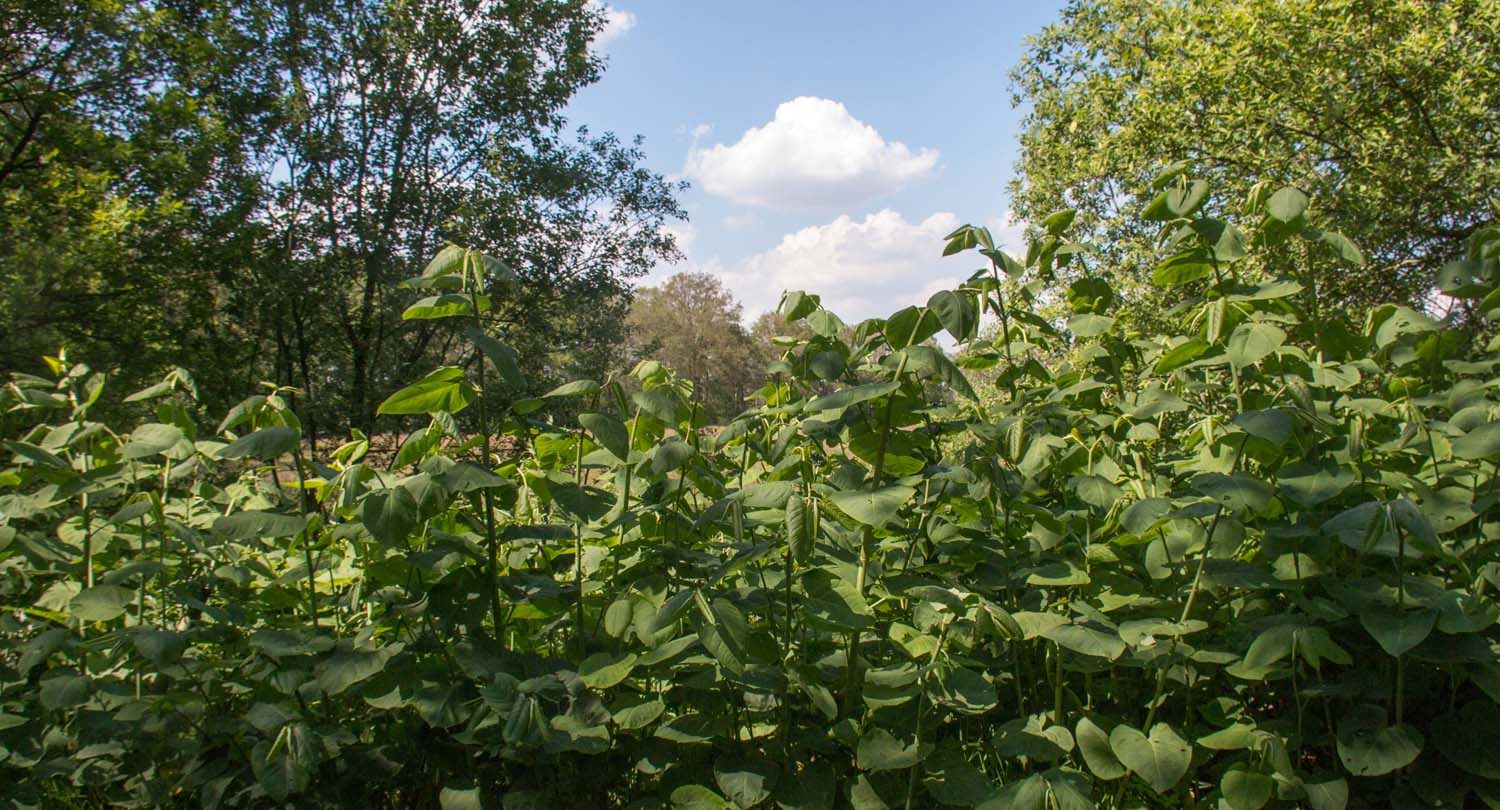
The ecosystem resilience approach in grasslands
Grasslands are biotopes with almost only herbaceous plants, such as daisies and striped whitebells. Grazing or mowing usually shortens the vegetation in grasslands once or several times a year. As a result, no woody species grow in a grassland.
Because of the minimal management that is applied at regular intervals in these biotopes, Japanese knotweed gets every opportunity to develop and spread at lightning speed. As a result, we are seeing more and more grasslands threatened by this invasive species.
The ecosystem resilience approach in grasslands
Grasslands are important for Dutch nature and biodiversity. This includes the grasslands along roads that vein the Netherlands and provide a habitat for all sorts of flora and fauna species. Due to the enormous length and semi-natural character of these grasslands, they potentially form an important habitat for insects, which have a hard time in the intensively used countryside.
Unfortunately, the national trend is that the quality of the vegetation in the verges is declining in terms of species diversity and the natural function of the road verges is disappearing. This decline is caused by several factors, including intensive mowing management, nitrogen deposition, the retention of grass clippings and the increase in invasive alien species such as knotweeds
Knotweeds profit from high nitrogen concentrations and from gaps in native vegetation caused by intensive mowing. Control of knotweeds traditionally consists mainly of mowing, grazing, and uprooting the plant. Complete elimination of invasive knotweeds is hardly possible, and remaining roots van eventually lead to the recovery of the invasive plant population. In addition, current control methods create a situation with little natural resistance to invasive alien species.
Breaking dominance and structurally increasing resilience by introducing competition
And it is precisely this natural resistance that can prevent both the establishment and the rapid expansion of the invasive alien species. The resilience of grasslands to invasive alien species can be artificially increased by stimulating competition for light and nutrients between invasive alien species and the native vegetation. This can be done by supplementing and restoring populations of native species in these grasslands. In order to give the native species a good start, we break the dominance of the knotweed once by removing it and prevent regrowth for two years. In addition, we actively plant native competing vegetation such as brambles and herbaceous mixtures. In time, these will offer natural resistance against the knotweed by competing, among others, for space, light and nutrients.
The ecosystem resilience approach in grasslands
Grasslands are biotopes with almost only herbaceous plants, such as daisies and striped whitebells. Grazing or mowing usually shortens the vegetation in grasslands once or several times a year. As a result, no woody species grow in a grassland.
Because of the minimal management that is applied at regular intervals in these biotopes, Japanese knotweed gets every opportunity to develop and spread at lightning speed. As a result, we are seeing more and more grasslands threatened by this invasive species.
The ecosystem resilience approach in grasslands
Grasslands are important for Dutch nature and biodiversity. This includes the grasslands along roads that vein the Netherlands and provide a habitat for all sorts of flora and fauna species. Due to the enormous length and semi-natural character of these grasslands, they potentially form an important habitat for insects, which have a hard time in the intensively used countryside.
Unfortunately, the national trend is that the quality of the vegetation in the verges is declining in terms of species diversity and the natural function of the road verges is disappearing. This decline is caused by several factors, including intensive mowing management, nitrogen deposition, the retention of grass clippings and the increase in invasive alien species such as knotweeds
Knotweeds profit from high nitrogen concentrations and from gaps in native vegetation caused by intensive mowing. Control of knotweeds traditionally consists mainly of mowing, grazing, and uprooting the plant. Complete elimination of invasive knotweeds is hardly possible, and remaining roots van eventually lead to the recovery of the invasive plant population. In addition, current control methods create a situation with little natural resistance to invasive alien species.
Breaking dominance and structurally increasing resilience by introducing competition
And it is precisely this natural resistance that can prevent both the establishment and the rapid expansion of the invasive alien species. The resilience of grasslands to invasive alien species can be artificially increased by stimulating competition for light and nutrients between invasive alien species and the native vegetation. This can be done by supplementing and restoring populations of native species in these grasslands. In order to give the native species a good start, we break the dominance of the knotweed once by removing it and prevent regrowth for two years. In addition, we actively plant native competing vegetation such as brambles and herbaceous mixtures. In time, these will offer natural resistance against the knotweed by competing, among others, for space, light and nutrients.




Latest news
Movie on invasive alien species
In the short movie below, made by KU Leuven, Bart Nyssen explains the history and properties of Prunus serotina. He also explains the [...]
Information panels have been placed
At the LIFE Resilias demonstration sites, information panels have been placed. Curious? Come take a look! Demonstration sites
Tree of heaven, a pioneer tree species in Italian coppice forest
Fighting tree of heaven in the northern Italian coppice forest shows that repeatedly cutting down the tree of heaven reduces its share in [...]


